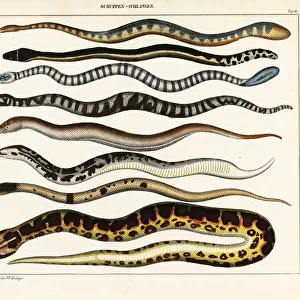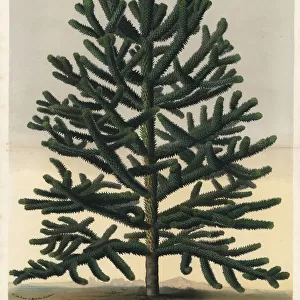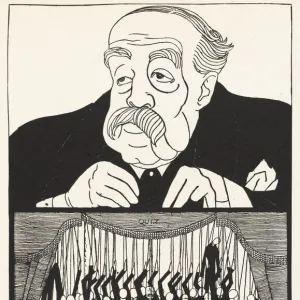Home > Animals > Mammals > Cercopithecidae > Bicolor
African iris, Dietes bicolor
![]()

Wall Art and Photo Gifts from Mary Evans Picture Library
African iris, Dietes bicolor
African iris or fortnight lily, Dietes bicolor (Moraea bicolor). Cape of Good Hope, South Africa. Handcoloured lithograph by L. Stroobant from Louis van Houtte and Charles Lemaires Flowers of the Gardens and Hothouses of Europe, Flore des Serres et des Jardins de l Europe, Ghent, Belgium, 1851
Mary Evans Picture Library makes available wonderful images created for people to enjoy over the centuries
Media ID 23177042
© Florilegius/Mary Evans
Bicolor Flore Hothouses Houtte Iris Jardins Lemaire Leurope Lily Moraea Serres Fortnight
FEATURES IN THESE COLLECTIONS
> Africa
> South Africa
> Related Images
> Animals
> Mammals
> Cercopithecidae
> Bicolor
> Animals
> Mammals
> Vespertilionidae
> Bicolor
> Mary Evans Prints Online
> New Images August 2021
EDITORS COMMENTS
This exquisite handcoloured lithograph depicts the African iris, Dietes bicolor, also known as the fortnight lily, native to South Africa. The image is taken from "Flowers of the Gardens and Hothouses of Europe," a comprehensive botanical work published in Ghent, Belgium, in 1851 by Louis van Houtte and Charles Lemaires. The African iris is a striking plant, characterized by its large, white, funnel-shaped flowers with distinctive blue-violet markings. The plant's common name, fortnight lily, refers to the fact that it blooms twice a year, with each blooming period lasting approximately two weeks. The African iris is indigenous to South Africa, specifically in the Western and Eastern Cape regions. It is a bulbous perennial that thrives in moist, shady areas and is known for its hardiness and resistance to drought. The plant's large, strap-like leaves grow up to 1 meter long and are often speckled with purple spots. The African iris was first described by the botanist Carl Peter Thunberg in 1775 and was later named Dietes bicolor by the botanist John Lindley in 1838. The plant has since become a popular ornamental plant in gardens around the world due to its attractive flowers and ease of cultivation. This beautiful handcoloured lithograph by L. Stroobant captures the essence of the African iris in all its glory, providing a window into the rich botanical heritage of South Africa and Europe during the 19th century.
MADE IN AUSTRALIA
Safe Shipping with 30 Day Money Back Guarantee
FREE PERSONALISATION*
We are proud to offer a range of customisation features including Personalised Captions, Color Filters and Picture Zoom Tools
SECURE PAYMENTS
We happily accept a wide range of payment options so you can pay for the things you need in the way that is most convenient for you
* Options may vary by product and licensing agreement. Zoomed Pictures can be adjusted in the Cart.








